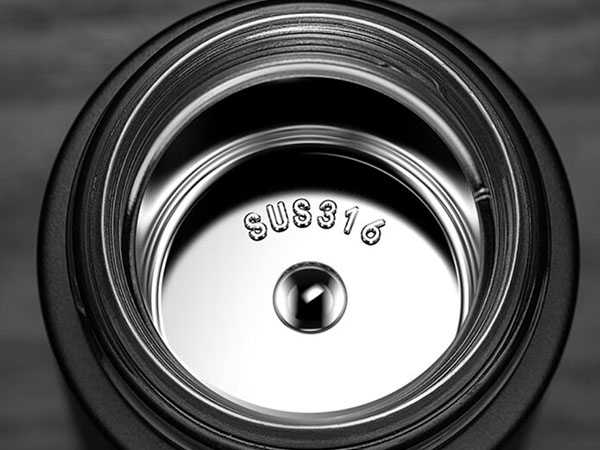In today's fast-paced modern life, a high-quality food-grade stainless steel insulated cup has become an essential daily carry item for many people. It not only maintains beverage temperatures for extended periods but also ensures food safety and hygiene. However, with the overwhelming variety of insulated cup products on the market, determining product quality has become a key concern for consumers. Below we'll guide you through methods to assess food-grade stainless steel insulated cups to help you select your ideal product.
First, we need to understand what constitutes food-grade stainless steel. Food-grade stainless steel refers to materials that comply with China's national standard GB 4806.9-2016 "National Food Safety Standard for Metal Materials and Products in Contact with Food." This material offers excellent corrosion resistance, high-temperature tolerance, and low-temperature resistance, ensuring no harmful substances are released when in contact with food, thereby protecting consumer health.
When evaluating the quality of food-grade stainless steel insulated cups, consider the following aspects:
1.Examination of Appearance and Markings
High-quality food-grade stainless steel insulated cups should have uniform coloration, smooth surfaces without flaws, and weld seams that are even and free of burrs. The product should clearly indicate the stainless steel grade (such as SUS304 or SUS316) along with the manufacturer's name, address, and contact information. These details serve as important indicators of product compliance.
2.Material Testing and Magnetic Properties
While food-grade stainless steel like 304 and 316 typically exhibits weak or no magnetic properties, magnetism alone isn't a reliable indicator. A more accurate method involves using stainless steel testing solution. Apply the solution to the cup's inner surface, observe color changes, and compare with standard color charts to determine if it's truly food-grade stainless steel.

3.Evaluation of Thermal Retention Performance
Heat retention is a core function of insulated cups. Quality food-grade stainless steel insulated cups should maintain beverage temperatures effectively over extended periods. Test this by filling the cup with hot water and monitoring temperature changes over time.
4.User Experience Considerations
Beyond the above factors, user experience significantly impacts quality assessment. A high-quality insulated cup should be lightweight and portable, with appropriate capacity, excellent sealing to prevent leaks, and well-designed lids that are easy to open and close for daily use.
5.Selecting Reputable Brands and Authorized Channels
Purchasing from well-known brands through official distribution channels provides important quality assurance. Established brands typically enforce stricter requirements on materials, craftsmanship, and performance, while authorized channels ensure product authenticity and reliable after-sales service.
In conclusion, assessing the quality of food-grade stainless steel insulated cups requires comprehensive evaluation of appearance and markings, material properties, thermal performance, user experience, and purchasing through reputable sources. We hope this guide provides valuable reference to help you select your ideal insulated cup product.